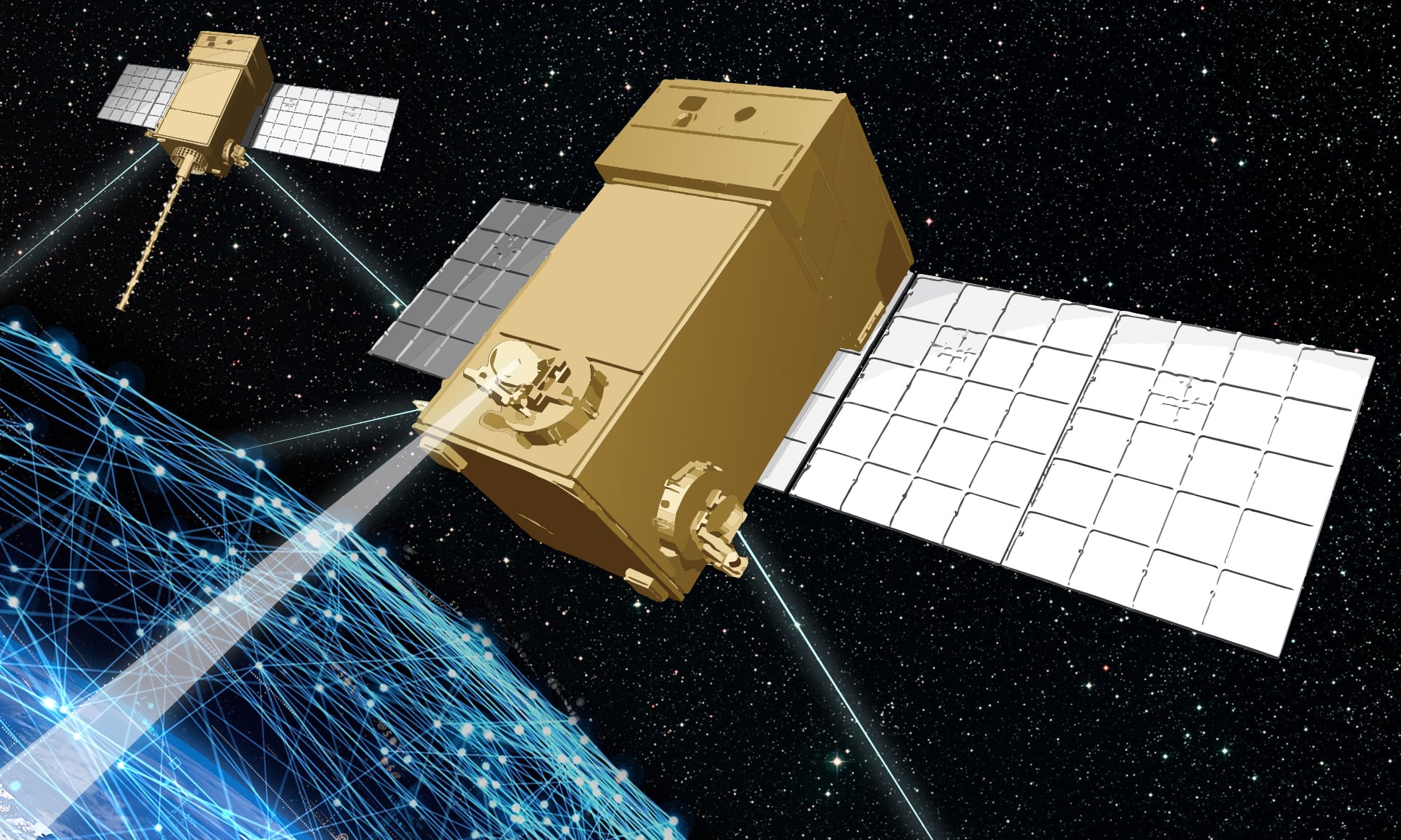COLORADO SPRINGS, Colo. — Northrop Grumman’s design for the Space Development Agency’s next batch of communication satellites passed a critical review in March, the company said in a statement April 18.
Northrop is on contract to build 42 satellites for SDA’s Tranche 1 Transport Layer, a suite of satellites that will provide resilient data transfer and communications capabilities to users on the ground.
The critical design review milestone, which confirms the satellite design is stable and meets the agency’s requirements, can take years to complete, but under SDA’s go-fast acquisition approach, the company passed its review 13 months after SDA awarded Northrop its $692 million contract.
Lockheed Martin and Colorado-based York Space Systems are also building transport satellites. Lockheed said in a statement that its critical design review will occur in May. York declined to comment on the status of its work.
Louis Christen, director of Northrop’s proliferated space operating unit, told C4ISRNET in an April 17 interview that Northrop’s path to design approval “is not normal in the space industry,” and attributed its success to streamlined processes and a philosophy that prioritizes rigor and speed.
“It’s not just about moving fast and reckless,” he said. “We’re trying to put a lot of rigor behind it, a lot of mission systems engineering.”
SDA launched its first 10 satellites in early April and is eyeing a second launch in June. In September 2024, the agency expects to start flying Its Tranche 1 transport and missile tracking spacecraft. With that mission, SDA expects to boost its launch cadence to one launch per month for the next 12 months.
The initial satellites should be available in June for demonstrations at Eglin Air Force Base in Florida, SDA Director Derek Tournear told reporters March 31. During those exercises, three of the transport satellites equipped with Link 16 terminals will showcase their ability to communicate with Air Force aircraft.
Link 16 is a secure communications tool used by the U.S. and many international allies. SDA will use the system to push sensor data to fighter aircraft and other weapon systems.
Courtney Albon is C4ISRNET’s space and emerging technology reporter. She has covered the U.S. military since 2012, with a focus on the Air Force and Space Force. She has reported on some of the Defense Department’s most significant acquisition, budget and policy challenges.







